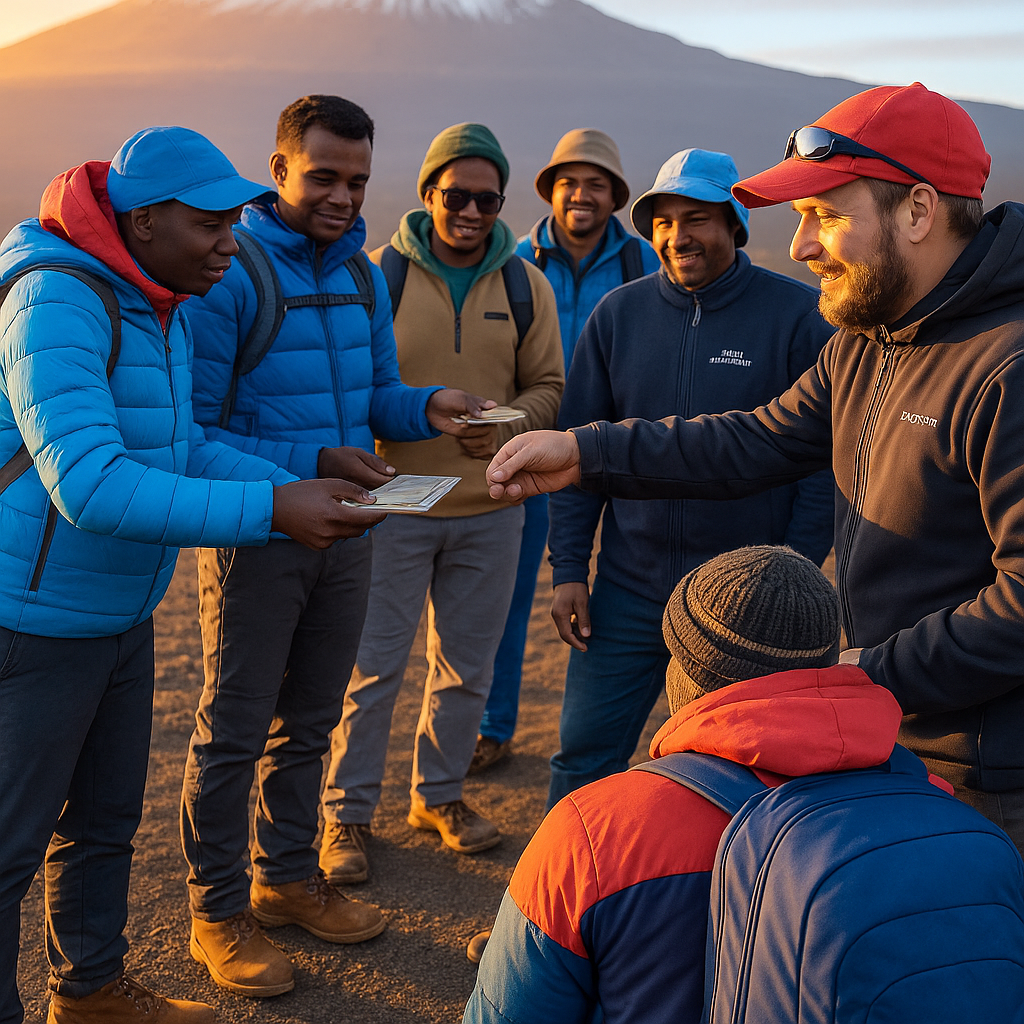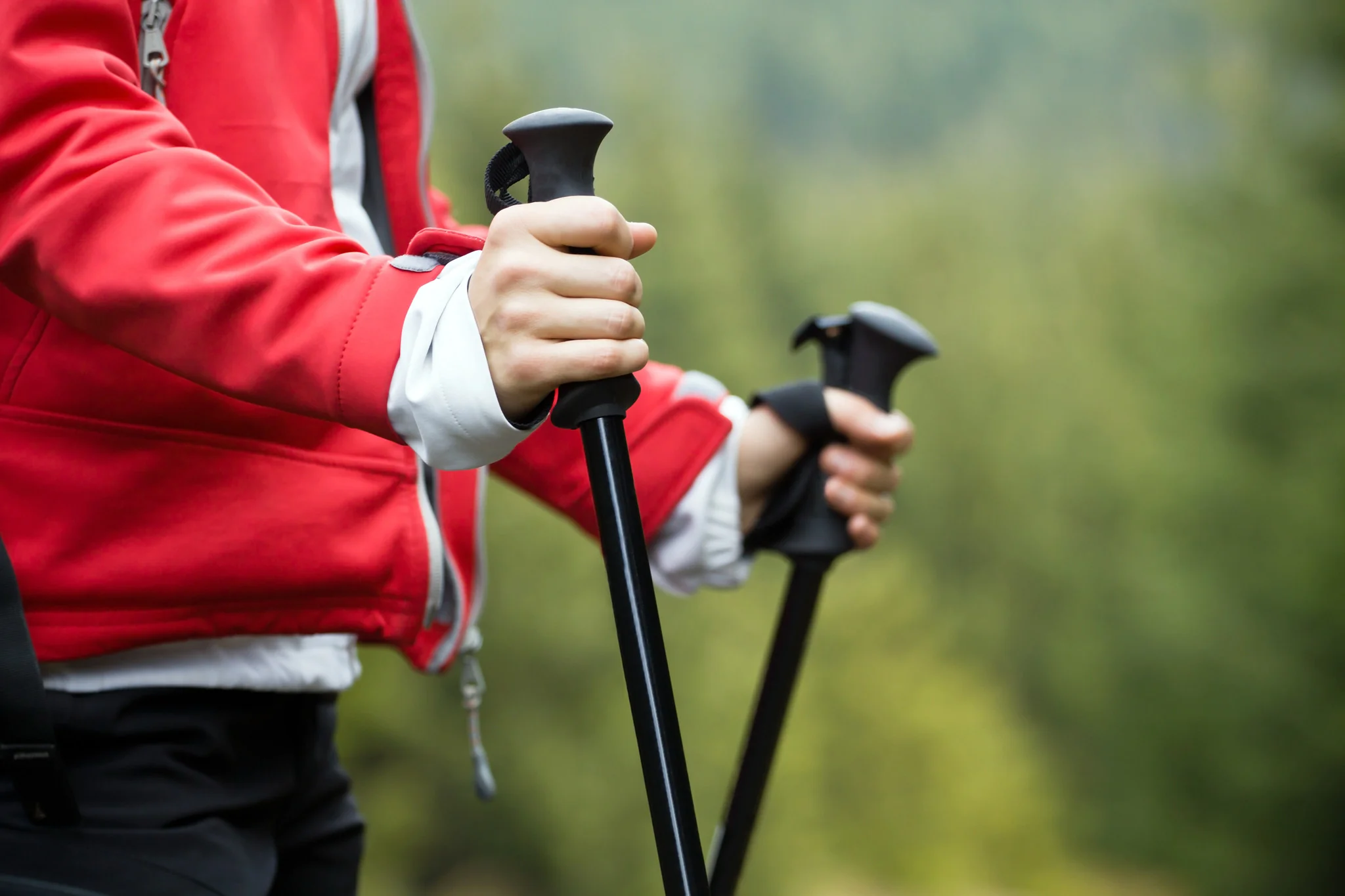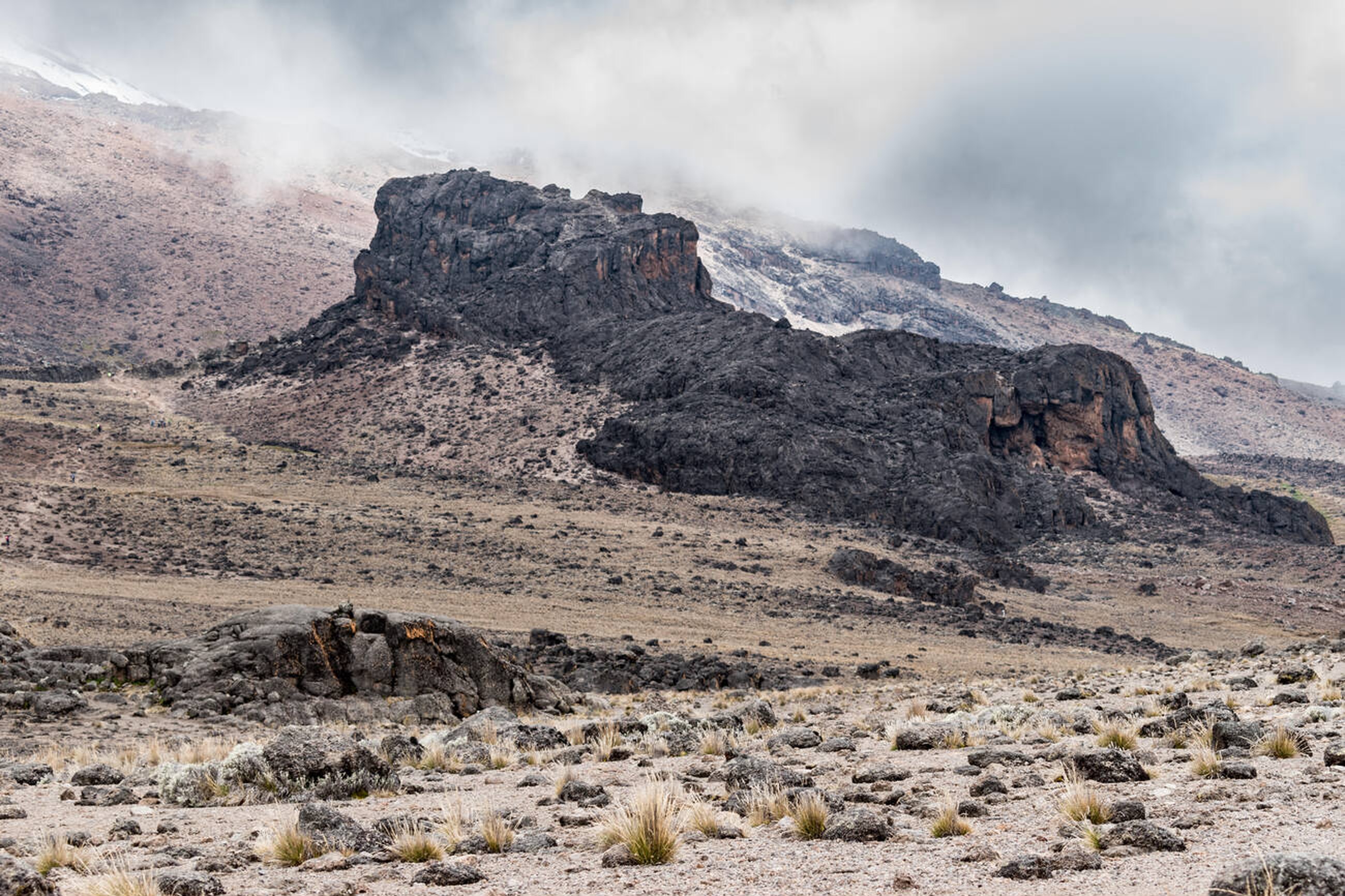Why Smart Training Matters for Kilimanjaro
Climbing Mount Kilimanjaro (5,895m/19,341ft) is a transformative adventure, but it demands preparation. While not a technical climb, Kilimanjaro requires stamina, strength, and mental grit to tackle 4–8 hour trekking days (up to 12+ hours on summit night) across five climate zones and high altitudes. Kilisherpas Travel’s expert-guided routes, like the 8-day Lemosho or 7-day Machame, maximize success, but smart training ensures you summit with confidence. Here’s how to prepare effectively.
Why Kilimanjaro Training Is Unique
Kilimanjaro’s non-technical trails don’t require climbing skills, but they test:
- Multi-Day Endurance: Trekking 4–8 hours daily for 7–9 days.
- Altitude Adaptation: Coping with low oxygen above 12,000ft.
- Uneven Terrain: Rocky paths and steep inclines.
- Cold Weather Fatigue: Sub-zero summit conditions.
- Mental Resilience: Pushing through long, challenging days.
Training that mimics these conditions—endurance, elevation, and mental toughness—sets you up for success.
Start with Long Hikes (3–4 Months Out)
Endurance is the foundation. Begin 3–4 months before your climb with weekly hikes to build stamina and familiarity with terrain.
Weekly Goals:
- Distance: 6–12 miles.
- Elevation Gain: 1,000–2,500ft.
- Frequency: 1–2 hikes per week.
- Pack Weight: 15–20 lbs (mimics daypack with water, gear).
Choose trails with hills, switchbacks, or rocky paths to simulate Kilimanjaro. No hills? Use an incline treadmill or stairmaster. Check our Kilimanjaro Packing List to train with realistic gear weight.
Build Core and Leg Strength
Strong legs and a stable core prevent fatigue and injury on Kilimanjaro’s slopes.
Best Exercises (2–3 sessions/week):
- Step-Ups: With a weighted backpack for leg power.
- Lunges: Forward, side, and walking for stability.
- Wall Sits: Hold 60–90 seconds for endurance.
- Planks: Build core strength for balance.
- Glute Bridges/Calf Raises: Support hips and ankles.
Focus on form and time under tension; bodyweight exercises work if done consistently.
Simulate Altitude Conditions
Replicating 19,341ft is tough, but you can prepare for low oxygen:
- Train at Elevation: If near mountains, hike at higher altitudes.
- Breathing Techniques: Practice diaphragmatic breathing for summit night efficiency.
- Incline Cardio: Use a stairmaster or treadmill (10–15% incline) for 45–60 minutes to mimic sustained effort.
Kilisherpas Advantage: Our routes use high camps (e.g., Kosovo Camp on Machame) for optimal acclimatization, easing the summit push.
Cross-Training for Balance
Prevent overuse injuries and keep training engaging with:
- Swimming: Low-impact cardio for joint health.
- Cycling: Builds leg strength and endurance.
- Yoga/Mobility: Enhances flexibility and injury prevention.
Aim for 1–2 cross-training sessions weekly to complement hikes and strength work.
Prioritize Recovery
Smart training includes rest to build strength and avoid burnout:
- Rest Days: 1–2 per week to recover.
- Sleep: 8 hours nightly to mimic altitude recovery needs.
- Stretching/Hydration: Gentle stretches and 2–3 liters of water daily post-workout.
Train Your Mind
Kilimanjaro tests mental endurance as much as physical. Prepare by:
- Hiking in Tough Conditions: Train in cold, wind, or rain to build resilience.
- Pushing Through Fatigue: Extend hikes to mimic summit night’s 12+ hours.
- Visualization: Mentally rehearse staying calm and positive on tough days.
Climber Testimonial: “Training in rain and wind prepared me for summit night’s grind. Kilisherpas’ guides kept my spirits high!”
—Mark T., Australia
FAQ: Kilimanjaro Training Questions
How long should I train?
3–4 months for optimal results, starting with shorter hikes and building intensity.
What if I live at sea level?
Focus on cardio, incline walking, and strength. Many sea-level climbers summit with proper prep.
Should I train daily?
No—4–5 workout days with rest days prevent overtraining.
Is walking enough?
Walking is a start, but add elevation, strength, and cross-training for full preparation.
Why Train with Kilisherpas Travel?
Kilisherpas Travel’s itineraries are designed for success:
- Optimal Routes: 8-day Lemosho or 7-day Machame with high camps for acclimatization.
- Safety: Twice-daily health checks, oxygen, and helicopter evacuation partnerships.
- Expert Guides: WFR-certified, 1:2 guide-to-client ratio.
- Ethics: KPAP-compliant, ensuring fair porter treatment.
With 20,000+ safe ascents since 2021 and a 95%+ summit success rate, we support your training efforts with expert guidance.
 Ready to Conquer Kilimanjaro?
Ready to Conquer Kilimanjaro?
Smart training builds the endurance and resilience needed for Kilimanjaro’s summit. Pair your prep with Kilisherpas Travel’s proven routes and safety protocols for an unforgettable climb. Contact us to book your 2025-2026 adventure or explore our hiking tours. Share your training tips or questions in the comments!

 Ready to Conquer Kilimanjaro?
Ready to Conquer Kilimanjaro?
